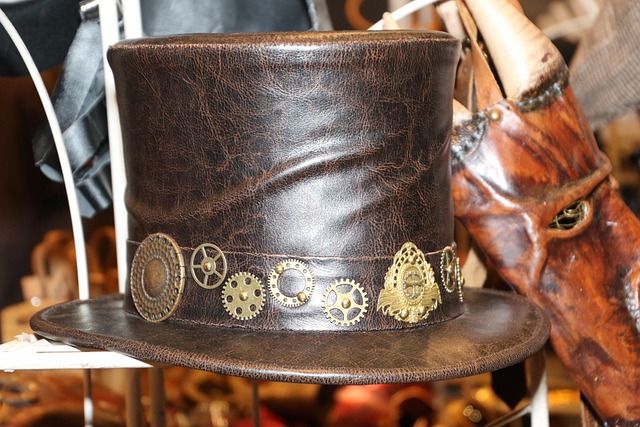Seasonal care for metal and leather finishes across climates
Seasonal changes affect metal and leather finishes differently, especially on wristwear that sees daily contact, sweat, and environmental exposure. Understanding how gemstones, alloys, clasps, and leather react to humidity, salt air, cold, and sun helps preserve appearance and function. This article outlines practical care routines and considerations across climates.

How should wristwear with gemstones be cared for in humid climates?
Gemstones set in wristwear react variably to humidity: porous stones can trap moisture while harder gems are less affected. Clean gemstone settings gently with a soft brush and warm, mild soap, avoiding prolonged soaking for porous or treated stones. After exposure to humid air or sweat, dry pieces thoroughly with a soft cloth and allow them to air-dry before storage. For delicate or rare gems, consult local services or a qualified jeweler for recommended cleaning frequency. Proper storage—breathable pouches rather than sealed plastic—limits moisture buildup and preserves settings and metal alloys.
What should you know about alloys and metal finishes in cold or wet weather?
Different alloys and metal finishes age differently under cold, wet, or salty conditions. Base metals and plated finishes can tarnish faster in high humidity or coastal climates; stainless and solid precious metals resist corrosion better but still benefit from care. Rinse off saltwater promptly and dry metal clasps and links to prevent pitting. For plated pieces, minimize abrasive cleaning to avoid removing the finish; instead use a soft cloth and non-abrasive cleaners. Consider hypoallergenic alloy options if skin reactions occur, and consult product materials or local services for recommended maintenance for specific metal compositions.
How to maintain leather straps and clasps across seasons?
Leather requires a seasonal approach: heat and sun can dry and crack leather, while prolonged dampness encourages mold and odor. Wipe leather with a slightly damp cloth after sweat exposure and let it air-dry away from direct heat. Apply leather conditioners sparingly in dry seasons to maintain suppleness, and use breathable packaging when storing to prevent mildew. Metal clasps attached to leather should be wiped and inspected regularly for wear; lubricating moving parts with a tiny amount of appropriate oil can extend life. Replace or repair worn clasps through local services to maintain safety and ergonomics.
How do sizing, measurements, and ergonomics affect seasonal wear?
Seasonal swelling or shrinking of the wrist can change the fit of wristwear, making correct sizing and measurements important for comfort and longevity. Measure your wrist at different times and climates—after activity, during warm afternoons, and in cooler mornings—to choose a size that accommodates natural variation. Ergonomics matters: bracelets that are too tight increase sweat and friction against finishes, accelerating wear on alloys and leather. Consider slight adjustability or customizable sizing to adapt across seasons and body changes, and keep spare links or adjustable clasps on hand to fine-tune fit.
What should shipping, packaging, sustainability, and hypoallergenic choices consider?
Packaging and shipping conditions influence how finishes arrive and age. Use cushioning and moisture-absorbing materials in packaging for shipments to humid areas, and choose protective wraps for plated or delicate surfaces. Sustainable choices—recycled packaging, responsibly sourced leather alternatives, and low-impact cleaning agents—reduce environmental footprint while protecting products. Hypoallergenic materials like surgical-grade stainless steel or certain coated alloys can reduce irritation; check labels and consult vendors for certifications. For storage at home, breathable boxes and small silica packs help control humidity without trapping air completely.
How do customization, photography, and repairs fit into seasonal care?
Customization and photography both benefit from seasonal awareness: custom finishes or personalized engravings may react differently to UV and moisture, so discuss intended wear conditions with designers. When photographing wristwear for documentation or sale, show how the piece looks under natural light across seasons to set accurate expectations. For repairs, timely attention to loose stones, frayed leather edges, or weakened clasps prevents further damage; many local services offer seasonal maintenance packages. Keep records of measurements, materials, and any previous repairs to inform future work and preserve resale or warranty conditions.
Conclusion A seasonal care routine for metal and leather finishes combines gentle cleaning, appropriate storage, and attention to fit and environment. Understanding how alloys, gemstones, leather, clasps, and packaging interact with humidity, salt, sun, and cold allows you to extend the life and comfort of wristwear. Regular inspections and using local services for specialized repairs or cleaning help maintain function and appearance across climates.






